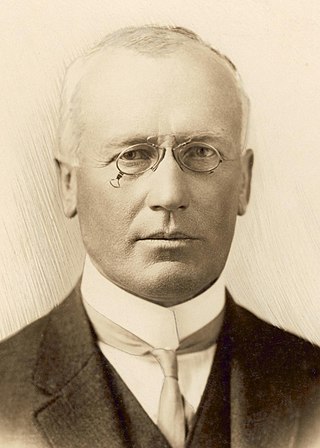
Sir William Hill Irvine was an Australian politician and judge. He served as Premier of Victoria (1902–1904), Attorney-General of Australia (1913–1914), and Chief Justice of Victoria (1918–1935).

Lieutenant-General Sir Herbert Charles Chermside, was a British Army officer who served as Governor of Queensland from 1902 to 1904.
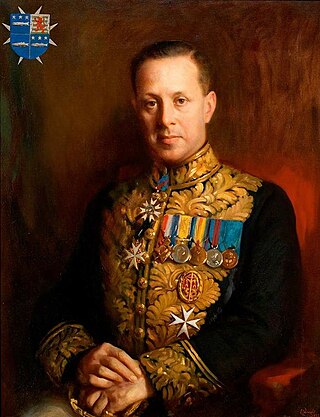
Sir Harry Charles Luke was an official in the British Colonial Office. He served in Barbados, Cyprus, Transcaucasia, Sierra Leone, Palestine, Malta, the British Western Pacific Territories and Fiji. He is the author of some books on several of these countries.

Sir Charles Edward Henry Hobhouse, 4th Baronet, TD, PC, JP was a British Liberal politician and officer in the Territorial Force. He was a member of the Liberal cabinet of H. H. Asquith between 1911 and 1915.

Major General Sir William John Victor Windeyer, was an Australian judge, soldier, educator, and a Justice of the High Court of Australia.

Josslyn Victor Hay, 22nd Earl of Erroll was a British peer and a member of the British Union of Fascists, known for the unsolved case surrounding his murder and the sensation it caused during wartime in Britain.
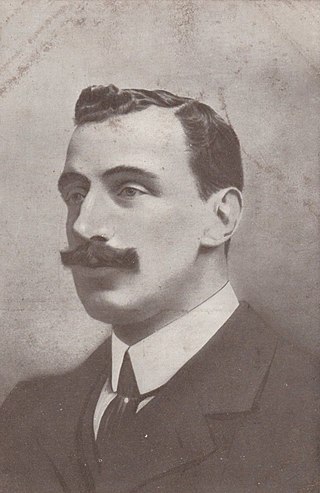
Sir William Gervase Beckett, 1st Baronet was a British banker and Conservative politician.

Major General Rupert Major Downes, was an Australian soldier, surgeon and historian.
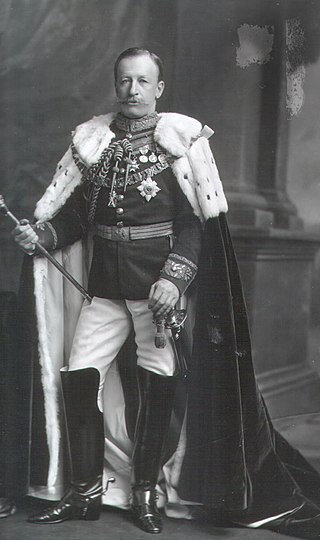
Major General Charles Gordon Hay, 20th Earl of Erroll,, styled Lord Kilmarnock until 1891, was a Scottish soldier and Conservative politician.
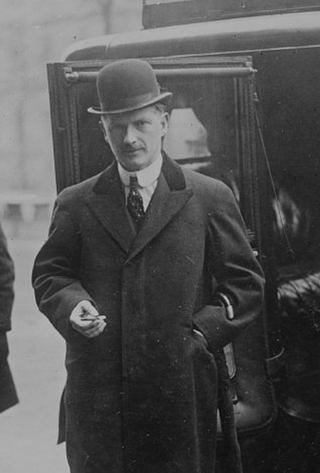
Victor Alexander Sereld Hay, 21st Earl of Erroll and 4th Baron Kilmarnock, KCMG, styled Lord Kilmarnock from 1891 to 1927, was a British diplomat, a writer and briefly a member of the House of Lords, who was "noted for his tact and charm."
Sir Thomas Fowell Victor Buxton, 4th Baronet, JP was a British aristocrat and philanthropist.

Ethel Marian Sumner Casey, Baroness Casey,, commonly known as Maie Casey, was an Australian pioneer aviator, poet, librettist, biographer, memoirist and artist. She was married to Lord Casey, who was Governor-General of Australia from 1965 to 1969.

Sir Samuel Roy Burston was an Australian soldier, physician, and horse racing identity.
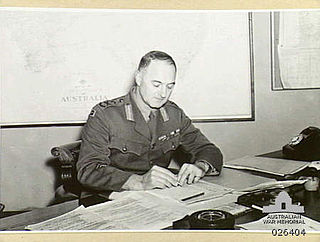
Major General Leslie Ellis Beavis, was a soldier in the Australian Army, who served in the First World War and was a general during the Second World War. He later served as Australian High Commissioner to Pakistan.
The New Year Honours were appointments by King George V to various orders and honours to reward and highlight good works by citizens of the United Kingdom and British Empire. They were announced on 31 December 1926.
Major General Sir Charles Snodgrass Ryan, was an Australian surgeon and army officer.
The King's Birthday Honours 1923 were appointments in many of the Commonwealth realms of King George V to various orders and honours to reward and highlight good works by citizens of those countries. The appointments were made to celebrate the official birthday of The King. They were published on 1 and 29 June 1923.

Richard Gavin Gardiner Casey, Baron Casey was an Australian statesman who served as the 16th governor-general of Australia, in office from 1965 to 1969. He was also a distinguished army officer, long-serving cabinet minister, Ambassador to the United States, member of Churchill's War Cabinet, and Governor of Bengal.
The 1920 Birthday Honours were appointments by King George V to various orders and honours to reward and highlight good works by citizens of the British Empire. The appointments were made to celebrate the official birthday of The King, and were published in The London Gazette on 4 June 1920.














